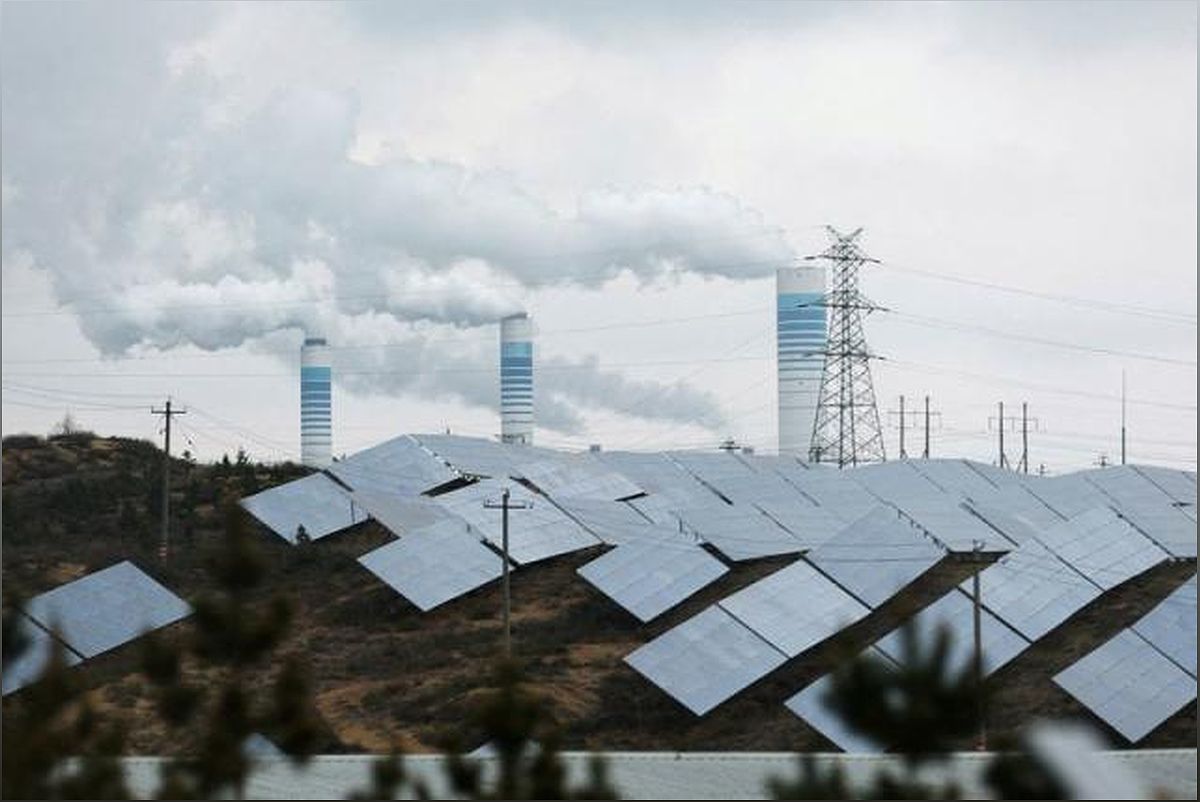In recent years, Asia has made remarkable strides in increasing its clean electricity output and reducing reliance on fossil fuels. Surpassing North America and Europe, Asia's commitment to fighting climate change is evident. However, there are still challenges to overcome, such as the construction of new coal-fired plants in countries like India and China. Join me as we delve into the data and explore the factors driving Asia's rapid clean energy growth while addressing the need for continued efforts to scale up renewables and storage.
Asia's Growing Clean Electricity Output
Asia has made significant progress in increasing its clean electricity output since 2015. The region has outpaced North America and Europe in transitioning towards cleaner energy sources. Clean power now accounts for 32% of overall power output in Asia, compared to 55% in Europe and 46% in North America.
Despite facing higher financing costs and limited access to funds, Asian nations have shown resilience in their efforts to combat climate change. This demonstrates their commitment to reducing reliance on fossil fuels and embracing renewable energy.
Challenges in Limiting Coal-Fired Power
While there is widespread agreement on the importance of increasing clean power to combat climate change, some Asian nations, including China and India, have not fully supported global pledges to triple renewable energy capacity by 2030. This is due to concerns about reducing fossil fuel use and its impact on their growing electricity demands.
Asian governments argue that wealthier countries should assist them in reducing emissions, given their historical use of fossil fuels and higher per capita emissions. However, funding shortages and high tariffs for renewables have hindered the transition away from coal in countries like Indonesia.
The Need for Scaling Up Renewables and Storage
The data suggests that while Asia has made progress in clean energy growth, there is still a need to further scale up renewables and storage. The West, including Europe and North America, must do more to accelerate the transition to cleaner energy sources.
One of the challenges in scaling up renewables is the higher financing costs and limited access to funds faced by Asian countries. However, access to funds has facilitated the rapid expansion of green energy in China, showcasing the potential for growth in the region.
Storage technologies also play a crucial role in supporting the integration of renewable energy sources. Investing in energy storage solutions can help address the intermittency of renewable power generation and ensure a reliable and stable electricity supply.
The Role of Wealthier Nations in Emission Reduction
Asian governments emphasize the historical responsibility of wealthier nations in contributing to global emissions. They argue that these nations should provide financial assistance and support to help poorer nations reduce their emissions.
While Asia still accounts for three-fifths of global emissions from power generation, it is essential to recognize the progress made in transitioning towards cleaner energy sources. Collaborative efforts between wealthier and developing nations are crucial in addressing climate change effectively.
Balancing Energy Demands and Environmental Concerns
Countries like India and China face the challenge of meeting their growing electricity demands while addressing environmental concerns. As developing nations with significant populations, they require reliable and affordable energy sources to support economic growth and improve living standards.
While coal-fired power plants have been a traditional solution for meeting energy demands, there is a need to shift towards cleaner alternatives. India, for example, advocates for the phase-out of all fossil fuels and encourages increased investment in energy storage to support the growth of renewables.
It is crucial to strike a balance between energy demands and environmental sustainability, finding innovative solutions that meet the needs of the present without compromising the future.
The West's Progress and the Shift to Natural Gas
The West, including some European and North American countries, has made significant progress in reducing emissions by cutting coal use and increasing the use of relatively cleaner natural gas. This shift has contributed to the overall reduction in greenhouse gas emissions.
However, it is important to note that the use of natural gas is not a long-term solution. While it produces fewer emissions compared to coal, it is still a fossil fuel and contributes to climate change. The focus should be on further transitioning towards renewable energy sources and investing in energy storage technologies.

